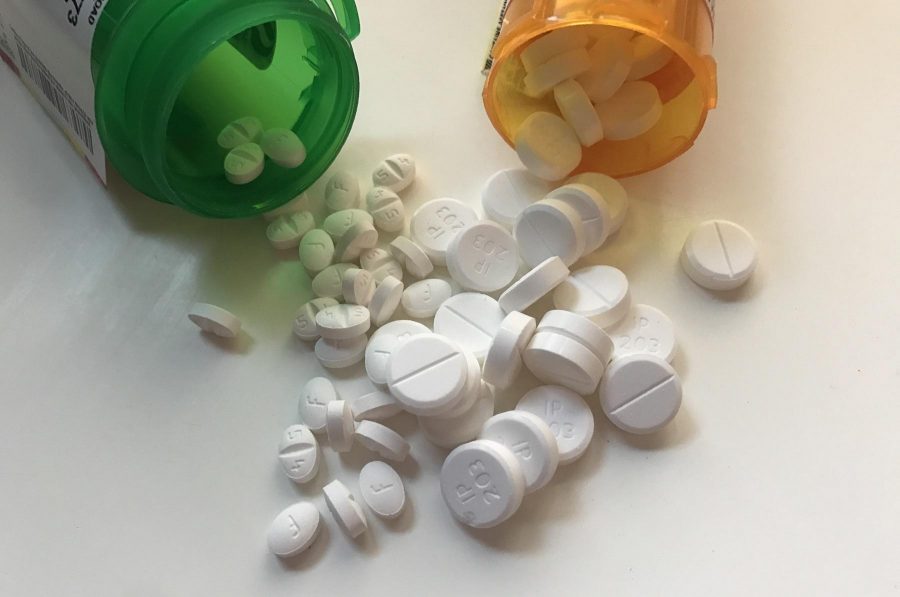Maryland General Assembly: approve legislation to stop the opioid epidemic
March 25, 2017
47,000.
That’s how many people died of opioid overdoses in 2014—the most deaths of any year on record, the Department of Health and Human Services reports. The U.S. government has recently attempted to curb this opioid epidemic. In December 2016, former President Barack Obama signed the 21st Century Cures Act. The bill provides $4.8 billion in funding for the National Institutes of Health, and includes $1 billion dedicated specifically to helping states deal with opioid abuse, The Washington Post reported in a Dec. 7 article.
On a local level, Governor Larry Hogan introduced legislation to curb overdoses, in part responding to 18 prescription opioid-related deaths in 2015 in Montgomery County alone—more than the 11 alcohol-related deaths, according to data from the Maryland Department of Mental Health and Hygiene. Governor Hogan’s plan calls for strengthening the already-existing prescription drug-monitoring programs and promotes prosecution of drug trafficking as part of a criminal enterprise. The Maryland General Assembly should approve Governor Hogan’s proposal to end the state’s growing opioid epidemic.
Opioids are drugs intended to relieve pain; while OxyContin and heroin are often the first drugs that come to mind when hearing the word “opioid,” even common products, like Robitussin A-C and Tylenol with Codeine, classify as opioids. People often first get addicted to prescription opioid painkillers before they turn to less expensive opioid drugs like heroin, WTOP reported in December 2016.
The governor’s legislative proposal limits opioid prescriptions to a seven day duration. Consistent with Centers for Disease and Control (CDC) guidelines, the order also maintains that opioids shouldn’t be considered routine therapy for pain nor prescribed in large amounts. CDC guidelines state that prescriptions lasting up to three days would “often suffice for acute pain,” and it’s rare to need more than a week of opioid drugs.
States that have implemented policies similar to this proposal have seen almost instantaneous benefits.
A recent Bethesda Magazine article highlights Potomac resident Renee Benzel’s experience with the dangers of opioid drug use for pain. Benzel’s son became addicted to prescribed painkillers after he injured his back while weightlifting. Four years after his initial prescription of opioid painkillers, he fatally overdosed on heroin while visiting home for the holidays. This death, like so many others, may have been prevented if painkillers were initially monitored more strictly.
A handful of opponents to Governor Hogan’s legislation argue that his proposal is unnecessary since limiting opioid exposure hasn’t officially been proven to stop the epidemic and the CDC guidelines are relatively new and thus unverified. But states that have implemented policies similar to this proposal have seen almost instantaneous benefits.
Florida implemented two policies in 2011 aiming to track patients, especially those who had received multiple prescriptions from multiple doctors. The policy also monitored loosely-regulated pain clinics that have prescribed unusually high levels of opioids.
Just one year after the laws went into effect, opioid prescriptions from Florida’s top opioid prescribers—accounting for 40 percent of opioid prescriptions—fell 6.2 percent and the volume prescribed dropped 13.5 percent, according to a study by the Johns Hopkins University Bloomberg School of Public Health.
The only way to completely halt the epidemic is to never begin using opioids, one psychiatrist said. Once you start, you can never go back. While it may not entirely solve Maryland’s opioid problem, approving Hogan’s order to address the crisis is a critical step in the right direction.








